
Review on 📏 HM Digital 1000PPM Calibration Solution: Accurate and Reliable Calibrating Formula for Precise Measurements by Marlo Schlachter

Does what it's designed to do when you use it properly
I use an EC meter to check the salinity of the nutrients for my indoor grow. This test liquid checks the meter for both EC and PPM and is well suited for this purpose. I prefer this over the bags you mix yourself because it's lab quality and made with pure reverse osmosis water. So if you don't have access to reverse osmosis water, this is a better option than mixing it with your own. Based on that alone I can recommend this product for checking the accuracy of your gauge and also recommend purchasing a 342 PPM solution so you can test it in the range. If you are interested in a little advice on how to use this product, read on. It doesn't take much to contaminate that liquid and reduce accuracy. And yes, I understand that the manufacturer claims that you can put the meter straight into a wide-mouth bottle, but in my opinion there is a risk that the test solution will become contaminated over time, even if you put it in distilled water between uses do the washing up. Therefore, you need to make sure that what you need for testing is poured out and not poured back into the container. I use these little paper cups that you can use in the bathroom. They are inexpensive and good for checking calibration and storing water samples that you test with your meter. If you always use the same container and don't rinse it well, salt particles can build up, which can increase the EC/PPM in the water being tested. Use distilled water to rinse the meter between uses and change this water frequently to avoid cross-contamination. That might sound like exaggeration and a little paranoia on my part, but it really comes down to how accurate your statement needs to be. In my case I want the reading to be +/- maybe 2%. So when you consider the accuracy of these gauges, which is a 2-5% error, a good calibration solution and cleanliness process will ensure that you test the gauge without introducing significant errors. I mentioned that this liquid checks both PPM levels and EC levels. I prefer to use EC to measure salinity versus PPM, which is just a math equation (programmed into the meter) that uses EC, which is the base number. Thus, the measurement using EC is more accurate. Although for measuring drinking water and water levels in an aquarium, PPM is probably fine. Hope this helped some. End
- Lab & Science Products
- New Competitors Arrive
New products
Comments (0)
Top products in 🧪 Lab Instruments & Equipment
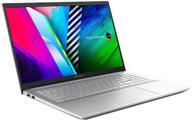
14" Notebook ASUS Vivobook Pro 14 OLED K3400PA-KP112W 2560x1600, Intel Core i5 11300H 3.1 GHz, RAM 8 GB, DDR4, SSD 512 GB, Intel Iris Xe Graphics, Windows 11 Home, 90NB0UY3-M02070, cool silver

20 Review

50 Pack 3Ml Plastic Transfer Pipettes Eye Dropper Moveland Pipettes Dropper

25 Review
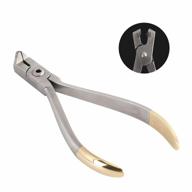
Orthodontic Distal End Cutting Pliers For Hard And Soft Wire | Dental Surgical Instrument For Braces Removal | Teeth Extraction Kit For Dentists | 1-Year Warranty

12 Review
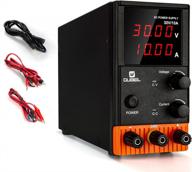
OUBEL 30V/10A Adjustable Lab Power Supply With LED Display, Alligator Clips, And US Power Cord - Ideal Switching Regulated DC Power Supply For Bench Applications

11 Review
Another interesting products
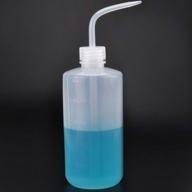
Valchoose LDPE Economy Wash Bottle, Narrow Mouth Squeeze Bottle Medical Lab Plastic, Safety Squeeze Bottle No Spill, Bend Mouth Watering Cans (500Ml / 16Oz / 1 Bottle)

14 Review
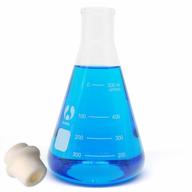
Graduated Erlenmeyer Glass Flask Set With Narrow Mouth - 500Ml Capacity

15 Review
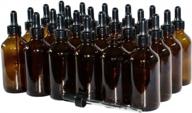
Get 24 Pack Of 4 Oz. Amber Boston Round Glass Bottles With Droppers From GBO GLASSBOTTLEOUTLET.COM

11 Review
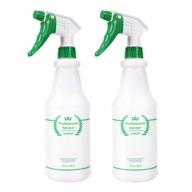
2-Pack 32Oz All-Purpose Heavy Duty Plastic Spray Bottles - Leak Proof, Adjustable Nozzle For Cleaning, Planting & Pet Care - Green

22 Review

